Game Rules
Understand the essential rules of Rummy. Master the basics to enhance your gameplay and compete like a pro.

Basic Rules of Rummy
Objective of the Game
The main objective of Rummy is to form valid sequences (🎴🎴🎴) and sets (♠️♠️♠️) using the cards dealt to you. Sequences consist of cards of the same suit arranged in consecutive order, while sets are formed by grouping cards of the same rank but different suits. The first player to declare their hand after forming a valid set of combinations wins the round.
However, Rummy is not only about forming combinations. Strategy plays a huge role in knowing when to draw, discard, and declare your hand. For instance, discarding high-value cards too early in the game could leave you vulnerable to penalties, whereas hoarding cards could result in a large point total if another player declares.
Game Setup
- The game is typically played with a standard 52-card deck 🃏. In some variations, an additional joker 🃏 is included, making it a 53-card deck.
- Players are dealt a set number of cards: for example, 10 cards each in a two-player game and 7 cards each in a four-player game.
- One card is placed face-up in the center as the discard pile 🗑️. The remaining deck is placed face-down to form the draw pile 🃏.
- The player to the dealer’s left goes first and takes their turn in a clockwise direction.
Turn Sequence
- The first step is drawing a card. You can either draw a card from the deck 🃏 or pick up the top card from the discard pile 🗑️.
- After drawing a card, you must discard one card to the discard pile 🗑️. This is an important step as it helps you form your combinations while preventing your opponents from using the card you just discarded.
- If your cards are grouped into valid sequences and sets, you can declare your hand. Remember, you must have at least one pure sequence (🎴🎴🎴) to declare a win.
- The game continues with players taking turns until one player declares their hand or the deck runs out of cards.
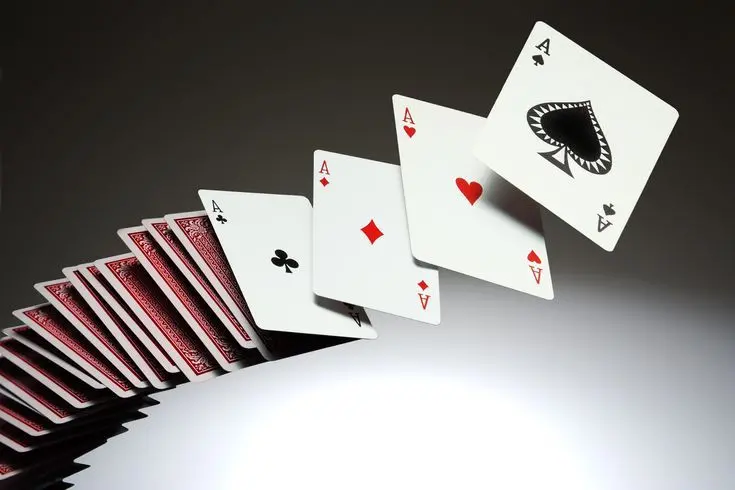
How to Form Valid Sequences & Sets
Forming Sequences 🎴🎴🎴
A sequence is a series of three or more cards of the same suit arranged in consecutive order. It is one of the most critical components of Rummy, as it helps to reduce the number of ungrouped cards in your hand. Sequences are also necessary to declare your win in Rummy. For example, (♠️ 4, ♠️ 5, ♠️ 6) or (♦️ 10, ♦️ J, ♦️ Q) are valid sequences.
How to Form a Sequence
- Choose cards of the same suit 🔶♠️♦️♥️, such as hearts, spades, diamonds, or clubs.
- Arrange the cards in consecutive order. For example, (♠️ 3, ♠️ 4, ♠️ 5) is a valid sequence.
- The sequence can either be ascending (e.g., ♠️ 5, ♠️ 6, ♠️ 7) or descending (e.g., ♠️ 9, ♠️ 8, ♠️ 7), as long as they are in consecutive order.
- The minimum number of cards in a sequence is three. More than three can be used, such as (♠️ 4, ♠️ 5, ♠️ 6, ♠️ 7), to form an extended sequence.
Forming Sets ♠️♠️♠️
A set consists of three or four cards of the same rank but from different suits. For example, (♠️ 7, ♥️ 7, ♦️ 7) is a valid set. Sets are another essential component of your hand and can be used to form combinations along with sequences.
How to Form a Set
- Choose cards of the same rank 🃏 (such as 7, 7, 7) but with different suits (♠️, ♥️, ♦️).
- Ensure there are no duplicate suits in the set, as each suit should be distinct in the combination.
- Sets can also be extended by adding more cards of the same rank but with different suits, such as (♠️ 7, ♥️ 7, ♦️ 7, ♣️ 7).
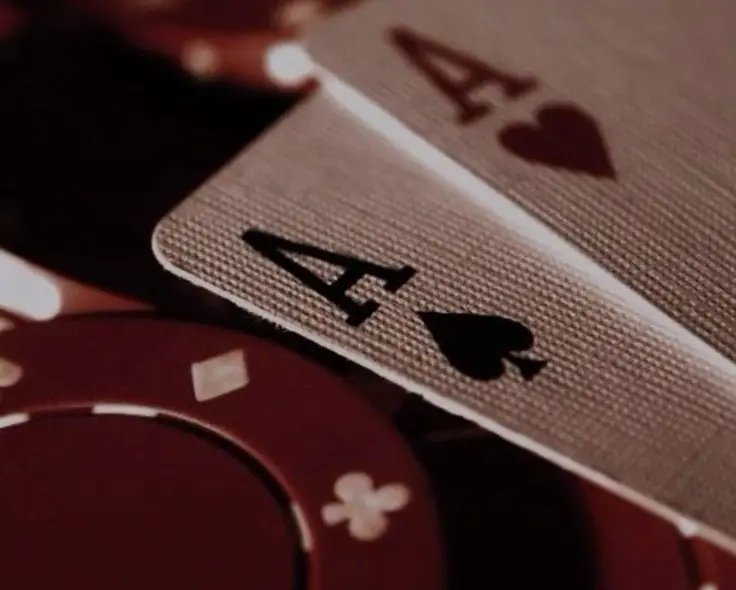
Pure & Impure Sequences Explanation
Pure Sequences 🎴🎴🎴
A pure sequence is a sequence formed without using a joker. For example, (♠️ 4, ♠️ 5, ♠️ 6) is a pure sequence. It is the most preferred sequence in Rummy because it guarantees a more secure win and does not rely on substitutes. Without at least one pure sequence in your hand, you cannot declare your win in Rummy.
Pure sequences are considered a “safe” option, as they require no external help like a joker 🃏. This makes them the foundation for forming a valid declaration in most Rummy variations.
Impure Sequences 🎴🎴🃏
An impure sequence, on the other hand, includes a joker (🃏) as a substitute for a missing card. For example, (♠️ 4, 🃏, ♠️ 6) is an impure sequence, where the joker 🃏 replaces the missing ♠️ 5. While impure sequences are valid, they are generally seen as less valuable than pure sequences.
When to Use an Impure Sequence
- When you are unable to form a pure sequence 🎴🎴🎴 with your hand.
- To complete your hand quickly and increase your chances of declaring a win.
- When you’re close to finishing the game, using a joker 🃏 can help make a faster declaration.
It's important to note that in many variations of Rummy, having at least one pure sequence is mandatory to declare a win. So, if you rely too heavily on impure sequences, you may find it difficult to win without a pure sequence for backup.
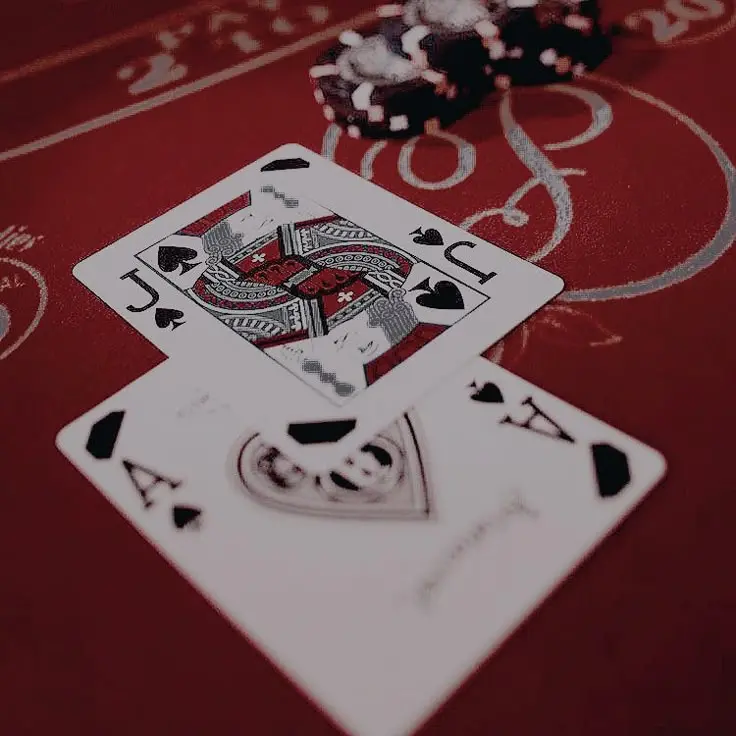
Rules for Jokers & Wild Cards
Jokers 🃏 and Wild Cards 🎴
Jokers 🃏 and wild cards 🎴 are essential tools in Rummy that can make or break your strategy. Both jokers and wild cards can substitute for any other card in a set or sequence, helping you complete your combinations faster. While they provide a strategic advantage, their misuse can also be detrimental to your hand.
Using a Joker 🃏
- Jokers can replace any card in a sequence or set. For example, (♠️ 5, 🃏, ♠️ 7) is a valid impure sequence where the joker 🃏 substitutes for the missing ♠️ 6.
- Jokers 🃏 are especially useful in completing sequences or sets when you are missing a single card to finish your combination.
- However, jokers cannot be used in pure sequences 🎴🎴🎴. The game rules specifically state that a pure sequence must consist entirely of real cards without substitutions.
Wild Cards 🎴
- Wild cards are specific cards designated by the game as substitutes for any card. These can vary depending on the variation being played, but they typically include certain numbered cards or any card designated as wild by the game.
- Like jokers 🃏, wild cards can replace any missing card in a set or sequence. However, they are usually less versatile than jokers because they can be restricted in some variations of Rummy.
- Some Rummy variations do not use wild cards at all, so always check the rules of the specific format you are playing.
Strategic Use of Jokers and Wild Cards
While jokers 🃏 and wild cards 🎴 can greatly enhance your hand, they can also backfire if overused. It’s essential to balance their usage with regular cards to avoid relying too heavily on these substitutes. Often, players save jokers for completing crucial sequences or sets that would otherwise be impossible to finish.
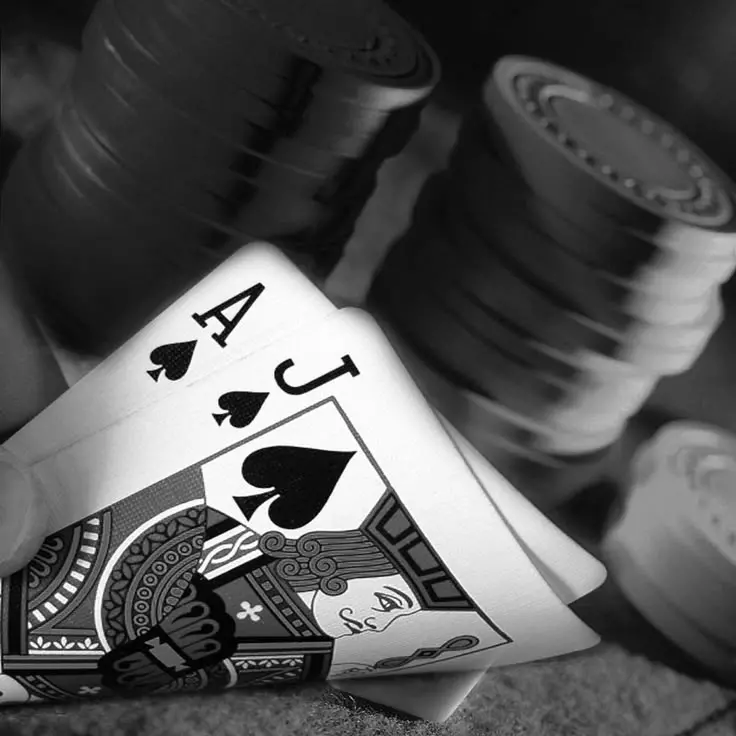
Drop, Finish & Declaration Rules
Drop Rules
If a player feels that they cannot form a valid hand or don’t wish to continue a round, they can choose to drop. Dropping a round is a strategic move to avoid accumulating too many penalty points, especially when a player has an ungrouped hand or is far from completing their sequences.
Types of Drops
- First Drop: This occurs at the beginning of the game. If a player drops in the first round, they forfeit the game and score zero points. This option can be chosen if a player feels their cards are unlikely to form valid combinations.
- Middle Drop: If a player drops later in the game but before declaring, they will still receive penalty points based on the cards left in their hand. This can be a strategic move if a player is falling behind.
Finish & Declaration
A player finishes the game by declaring once they have formed valid sequences and sets in their hand. This is typically done by laying down the cards face-up on the table. A player can only declare if they have at least one pure sequence 🎴🎴🎴.
How to Declare
- Once you have arranged your hand into valid sequences and sets, lay them face-up on the table.
- After declaring, other players have a chance to verify your combinations and check for any rule violations.
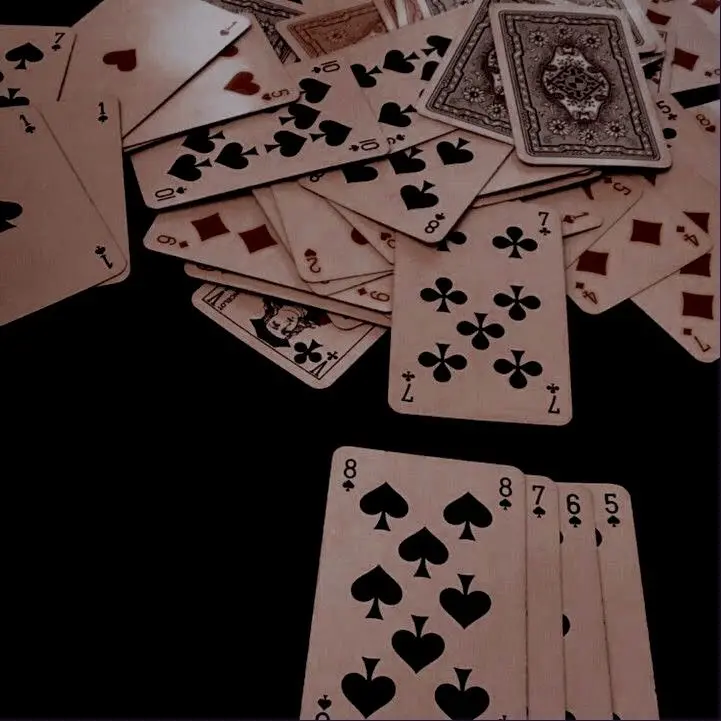
Scoring Rules & Point Calculation
Scoring Overview
Points are awarded based on the cards remaining in your opponent’s hands and the valid combinations in your hand. Each card has a specific point value, as described below:
| Card | Points |
|---|---|
| Number Cards (2-10) | Face Value |
| Face Cards (J, Q, K) | 10 Points |
| Ace (A) | 10 Points |
| Joker 🃏 | 0 Points |
The player with the lowest points in hand wins the round.
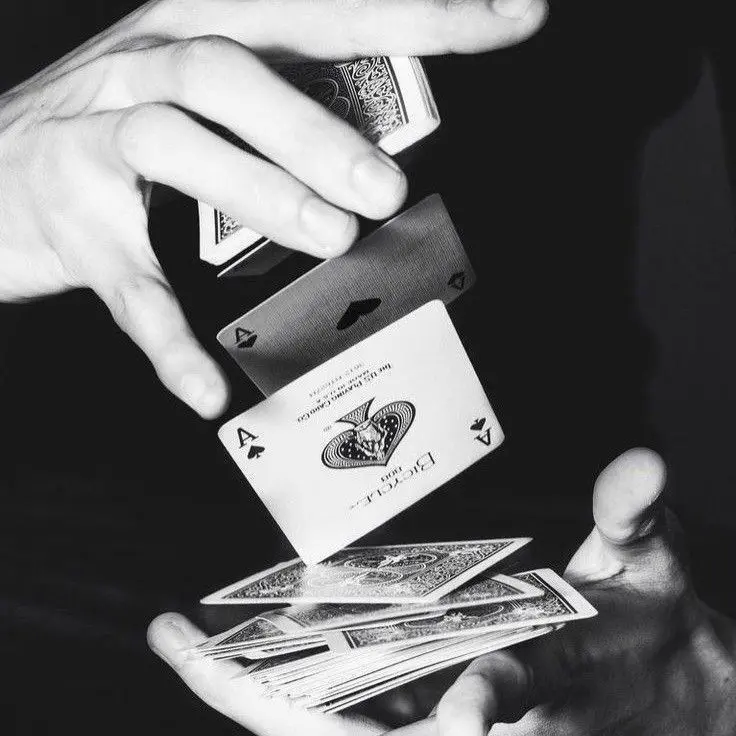
Winning & Losing Conditions
Winning the Game
A player wins by forming valid sequences and sets, declaring their hand, and having no ungrouped cards left in their hand. The round ends when a player successfully declares their win.
Losing the Game
If a player cannot form a valid sequence or set, or if they fail to declare a valid hand, they lose the round. Players are penalized based on the cards left in their hand.
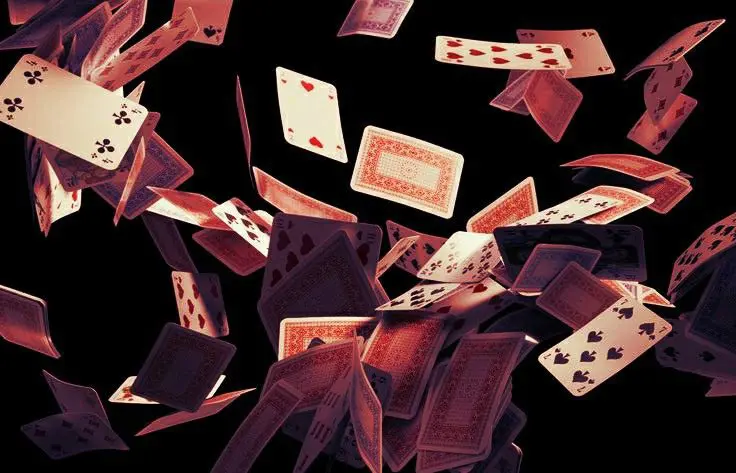
Penalty Rules & Disqualification Criteria
Penalty Rules
- If a player makes an illegal move (e.g., declaring with invalid combinations), they will receive a penalty.
- Penalty points are calculated based on the cards left in the player's hand at the time of the illegal move.
Disqualification Criteria
- Repeated cheating or rule violations may lead to disqualification from the game.
- A disqualified player will forfeit the round and may be banned from participating in future games.
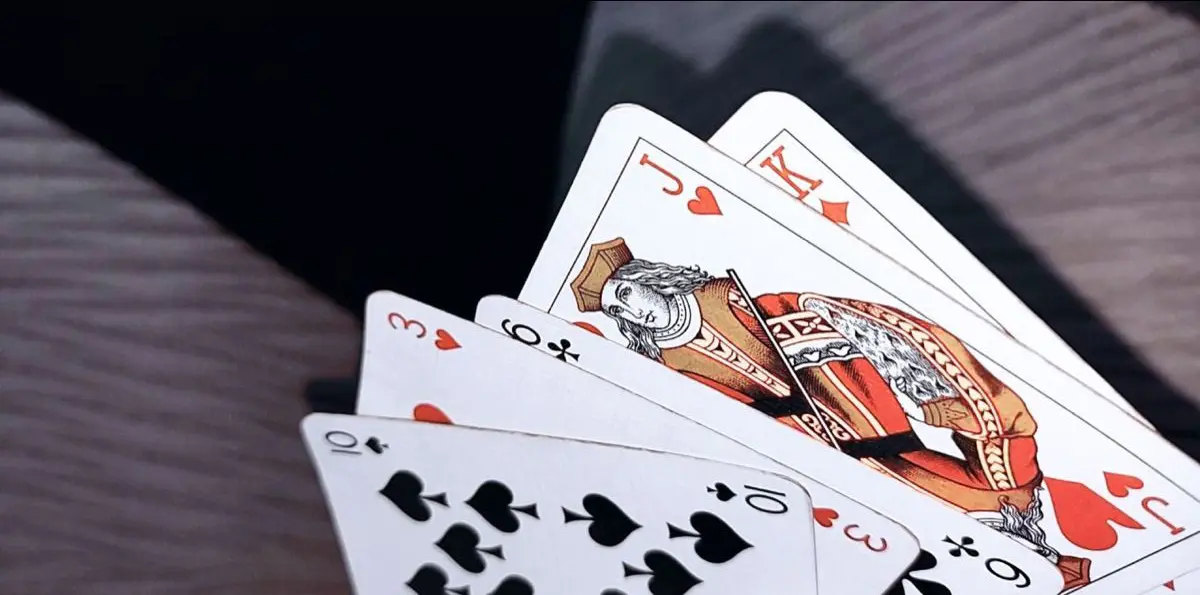
Variations in Different Rummy Formats
Popular Rummy Variations
Rummy can be played in various formats, each with its own set of rules. The most popular formats include:
- Indian Rummy: A two-deck game often played with 2-6 players. This format uses a joker and wild cards.
- Gin Rummy: A two-player version with slightly different rules for declaring a win and scoring.
- Kalooki: A variant where players can make multiple melds and declare once all cards are grouped.
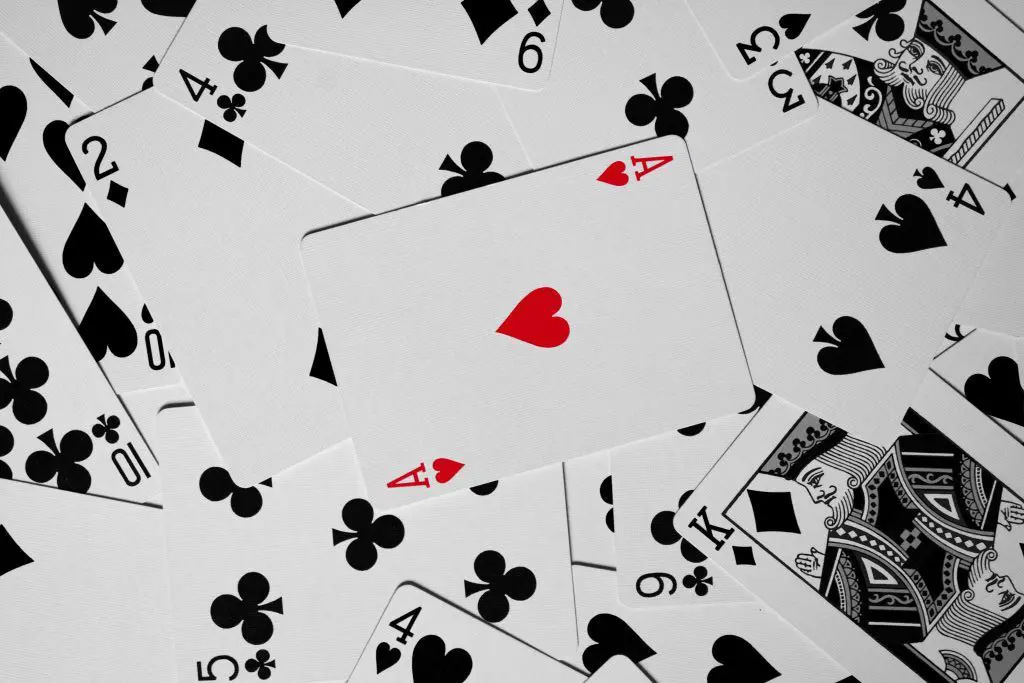
Common Rule Violations & Avoiding Mistakes
Common Violations
- Drawing a card from the discard pile when it's not your turn.
- Using a joker incorrectly in a pure sequence 🎴🎴🎴.
- Failing to declare after forming valid sequences and sets.
Avoiding Mistakes
- Always check your hand thoroughly before discarding or declaring.
- Pay attention to the discards of your opponents to avoid mistakes.

